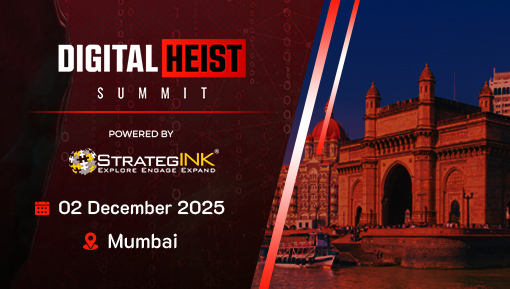
As our reliance on artificial intelligence and cloud systems grows, so too will our reliance on the critical infrastructure that supports them. By 2028, demand for data centre power is projected to reach about 130GW, representing approximately 3% of global electrical consumption. This rapid development places pressure on our natural resources, and whilst the drain on energy has long been a focus, attention is beginning to take a sharp turn to data centre water usage.
AI-driven computing is projected to withdraw up to 1.7 trillion gallons of water by 2027 – nearly four times Delhi’s annual water demand. Long-term, this level of water consumption is clearly unsustainable. So what can data centre developers and operators do to create more water-resilient data centres?
The key is in embedded design and a systems-thinking approach, balancing water, energy, and climate considerations within a broader environmental and infrastructure ecosystem.
Water usage reporting
Before we can effectively assess how the data centre industry can enact mitigative strategies, we first need to establish a clear understanding of just how much water it currently takes to sustain data centre operations.
This involves a thorough investigation of the figures currently dominating headlines on data centre water consumption. Often offsite water – such as “Scope 2” water consumed in generating electricity or “Scope 3” water implicated in the construction of the data centre – is involved in these reports, which can offer a misleading impression of how much water is actually used on a day-to-day basis. It is therefore important that we address these impacts separately, as part of a whole-life assessment, rather than represent them as consistent costs.
Another common issue with these statistics is the way in which they fail to capture the full range of factors, from local environment to cooling demand, that impact water usage and water usage effectiveness. Many data centres rely almost exclusively on air cooling systems, only switching to more efficient evaporative cooling towers or adiabatic water cooling out of necessity when temperatures are high. Their peak-day figures, therefore, are not truly representative of their annual water use.
Key factors
Now we can begin to address exactly where data centre developers can look to reduce water usage and increase water efficiency.
There is no one-size-fits-all approach for data centres. Each requires a targeted, systems-thinking approach that takes into account the various climate and infrastructure influences of the local environment as well as the impact various sustainability dependencies have on each other throughout the lifecycle of a data centre.
An example of this is the interdependence of energy and water, known as the water-energy nexus. Data centres consume electricity, which generates heat, which therefore requires cooling — often with water. The more energy consumed, the more cooling is needed. Measures which attempt to improve water usage effectiveness by reducing water cooling often result in increased electric-based cooling, having a negative effect on power usage effectiveness. These two factors are inextricably linked and must be addressed simultaneously so as to avoid neglecting one through optimising the other.
The location equation
Understanding the environmental context of the data centre is vital in striking this balance. In a water-stressed area, it might be preferable to rely more on electric-based cooling – especially if the infrastructure supports this with a Grid Emission Factor (GEF) containing a high percentage of renewables. This way, the operational carbon is minimised whilst avoiding the ethical and sustainability conflicts of utilising scarce potable water for cooling.
Alternatively, in an area with a higher fossil fuel mix but under less water pressure, such as Indonesia, there are more options for improving water circularity. For instance, treating recycled wastewater or low-grade water course water allows it to be reused for cooling and reduces reliance on potable water. Rainwater harvesting is another option, but one that must be approached with careful consideration of storage and seasonal fluctuation to ensure effectiveness.
The ultimate goal is to achieve water neutrality without reducing efficiency or sustainability elsewhere. Developments such as direct-to-chip liquid and immersion cooling can reduce both water and energy usage simultaneously whilst improving the grade of heat generated. This facilitates waste heat export which, where infrastructure allows, can have a positive system effect by addressing local heating demand and reducing the pressure on heat networks. Exporting heat also requires less cooling and, as a result, less water and energy usage. Only through considering all of these dependencies within one framework can this level of circular sustainability be achieved.
Changing the narrative
Up until now, much of the discussion around data centre water usage has posed it as inherently problematic. However, with the right approach and by embracing sustainability at every level of design and development, water neutrality is achievable.
Data centre developers need to take a systems-thinking approach from the outset, considering the pressure water usage will have on where the data centre is built and how best to work with the natural environment as opposed to against it. The collaboration this requires between stakeholders across the lifecycle of the data centre should not be underestimated, but the outcome of such hard work will be long-term resilience, which itself cannot be undervalued.
Growth cannot outpace sustainability measures. To look forward to a future of sustainable change, we must take an active role in its creation.






